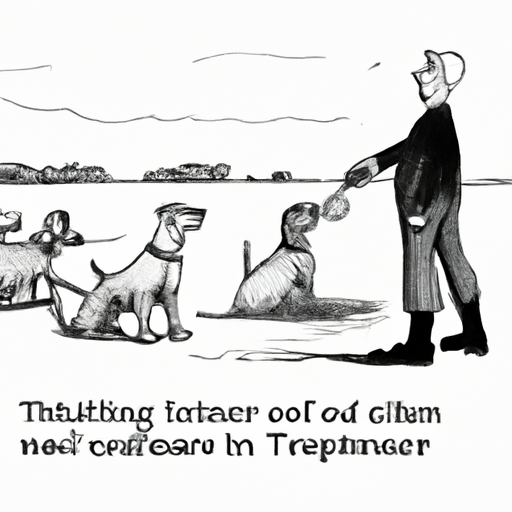Dogs, like humans, have their own personalities and behavioral quirks. Some dogs are naturally more dominant than others, and this can sometimes lead to problems when they interact with other dogs. As a caregiver, it’s crucial that you know how to manage this behavior to ensure peaceful cohabitation and interaction.
Understanding Dominant Behavior
Understanding dominant behavior in dogs is essential in addressing it. Dogs are pack animals, and in the wild, a hierarchy within the pack is established with a dominant, or “alpha,” dog at the top.
In your home, a dominant dog may exhibit the following behaviors:
- Guarding resources such as food, toys, or beds
- Asserting physical dominance over other dogs
- Ignoring commands or training
Recognizing Triggers
Every dog has its unique set of triggers. Identifying these can help you manage your dog’s dominant behavior effectively.
- Other dogs: Some dominant dogs are triggered by the presence of other dogs, whether they are new to the home or even just passing by during a walk.
- Resources: Food, toys, or a favorite spot on the couch can all be triggers for dominant behavior.
- Strangers: Some dogs become more dominant when unfamiliar people are present.
Implementing Training Techniques
Once you’ve identified the triggers, you can start implementing training techniques to help manage your dog’s dominant behavior.
- Positive reinforcement: Reward your dog for displaying calm and submissive behaviors. This could be with a treat, praise, or a favorite toy.
- Consistent rules: Keep the rules consistent and ensure everyone in the household adheres to them.
- Obedience training: Basic commands like “sit,” “stay,” and “leave it” can be very useful in managing dominant behavior.
| Technique | Description |
|---|---|
| Positive reinforcement | Reward calm and submissive behaviors |
| Consistent rules | Establish and maintain consistent rules |
| Obedience training | Teach basic commands to manage behavior |
Socializing Your Dog
Introduce your dog to a variety of people, animals, and environments to help them become comfortable in different situations.
- Dog parks: These provide a great opportunity for your dog to interact with others under your supervision.
- Play dates: Arrange play dates with other dogs that your dog gets along with.
- Training classes: These can offer a controlled environment for socialization and learning.
Managing Interactions
Even with training, you’ll need to actively manage your dog’s interactions with others.
- Monitor play: Be present and attentive when your dog is playing with others.
- Use distractions: If your dog begins to display dominant behavior, distract them with a toy or command.
- Know when to intervene: If your dog’s behavior is escalating, step in and separate them from the other dog.
FAQ
Q: What is dominant behavior in dogs?
A: Dominant behavior in dogs refers to actions that assert control over others, such as guarding resources or ignoring commands.
Q: How can I manage my dog’s dominant behavior?
A: You can manage it through positive reinforcement, consistent rules, obedience training, and careful monitoring during interactions.
Q: How can I socialize my dominant dog?
A: Socialization can be achieved through various means like visits to the dog park, arranging play dates, or attending training classes.



